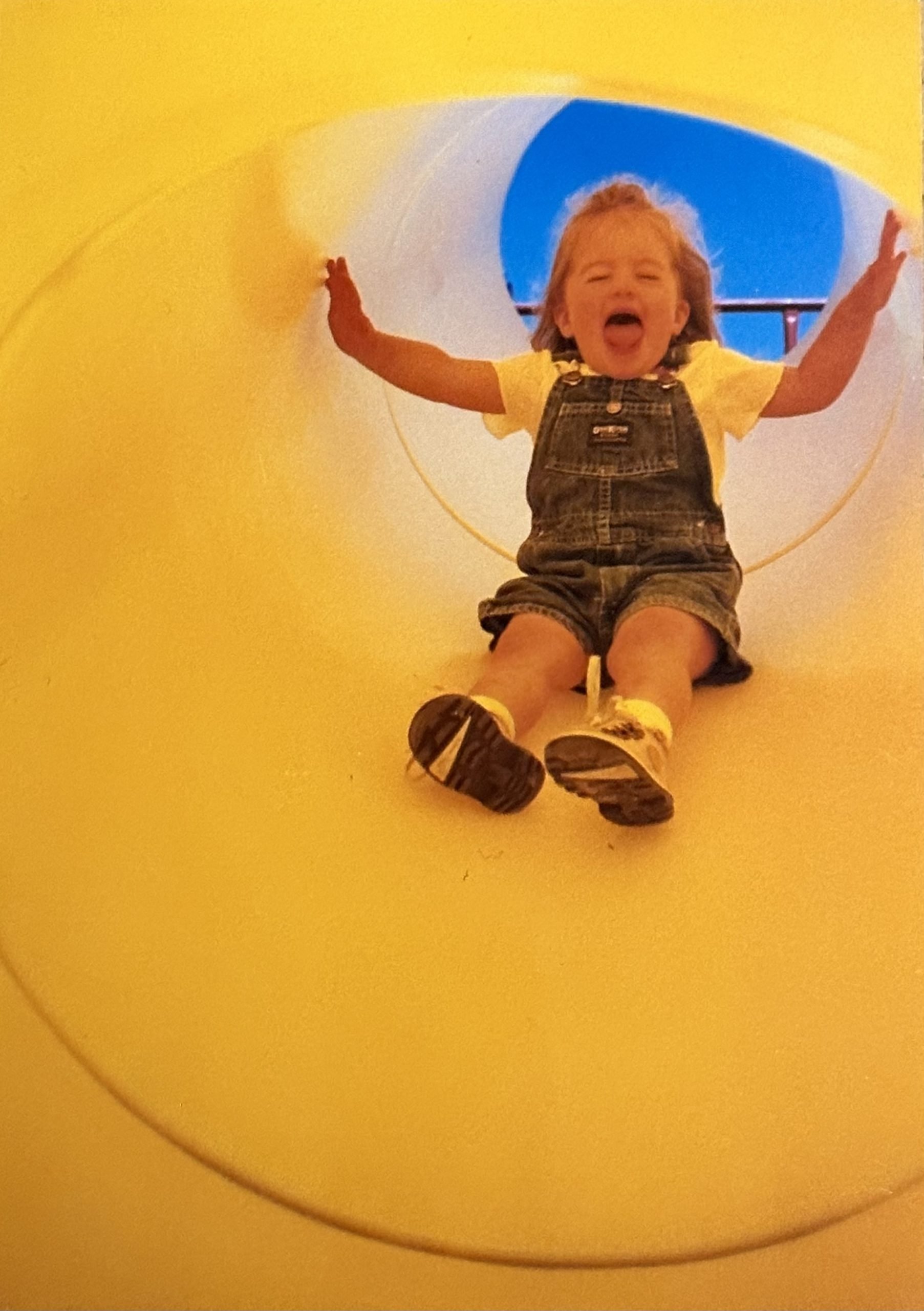
The phrase “summer slide” is one of my pet peeves. This phrase (used for as long as I remember) describes the essential skills that are supposedly lost over the summer when children are out of school.
Summer is the time for hands in the sand, hikes on the mountains, digging into a city garden, swimming in the community pool, trips to the library. Summer is an extended time of experiential learning. And these experiences will provide fodder for learning all year long. These experiences will pay richly into your child’s fund of knowledge, the knowledge that sparks ideas. Think of summer as an opportunity to mostly unplug from electronics, to engage with nature, family, friends, community, and books!
Let’s talk learning loss. Being deprived of something is loss. When it comes to language arts, I’ve sadly crossed paths with scores of children struggling to write who have simply been deprived of the opportunity to imagine their ideas. Is summer the culprit? I think not!
Review Tip Number 2.
What is your BIG idea?
When it comes to writing: Form always follows function.
When learning an art form—and writing is an art form—the rule to follow is: form follows function. This means that language arts should not be approached or taught the same way that we teach math. We can not simply give our children a mountain of grammar, punctuation, spelling, and capitalization rules and expect them to compose their ideas eloquently. In this case we are giving children “form” (building blocks) without any concept of “function” (purpose). Function is key to using form effectively.
Without ideas, writing becomes a meaningless chore.
Before the pandemic, literacy levels were in decline. But global shutdowns pushed close to 1.5 billion students out of school. And these disruptions gave us all an opportunity to see that perhaps our approach to teaching language arts is broken. It gave us an opportunity to make a change. Truth is, on average nationwide, 66% of 4th grade children in the U.S. could not read proficiently in 2013, seven years before the pandemic! And children who do not read proficiently, do not write effectively!
Lacking basic reading and writing skills is a tremendous disadvantage. But lacking the ability to value ideas, well, that is tragic.
Literacy not only enriches an individual’s life, it creates opportunities for people to develop skills that will help them provide for themselves, their families, and humanity at large. Literacy is the ability to read, write, and think in ways that enable us humans to communicate effectively and authentically. Literacy helps us make sense of the world.
Tip Number 3.
Slide of Imagination
If we are to use an education phrase, let it NOT be the “summer slide” or the “COVID slide”.
Please let it be the: Slide of Imagination!
When children engage with ongoing spelling lists, endless grammar exercises, and cookie-cutter writing exercises, they will become exhausted and disheartened climbing an endless ladder.
When it comes to writing an idea, at first, children (even adults!) might see the blank page and feel a little frightened, like getting on a two-wheeler for the first time. But with a bit of encouragement: “You can do this!” the pencil in hand will begin to fill the page. The climb up will always be UP, but the slide of imagination will never disappoint.
Try this writing exercise (yes, you):
Look at the photo above. What did the little girl think climbing the ladder to the top of the slide? What did she think when she reached the top and looked down? What was going through her head when the photo was snapped?
You are seeing blank lined-paper, right? It’s not easy to begin, right? Is your imagination holding its breath?
- Sometimes, in this moment, I give my students permission to pretend!
- If I were in the room, teaching you, I might encourage you to dictate your idea so that your first draft would simply involve copy work. For reluctant writers, dictation is akin to training wheels.
- When students are really intimidated by the page, I might offer a few “hooks” and let them choose how to begin. Here are some examples: At the top of the slide, she was so delighted by her favorite color that she burst into laughter. Arms up, feet down, head back, big smile, you go girl! She’s committed now!
- Sometimes all it takes is getting a first sentence on board for the idea to flow.
Now it’s your turn. Write your idea. Write through all the stages: Idea brainstorming, first drafting, re-reading, editing, polished copy. And once you’ve completed this exercise, teach someone to write through the prompt. You can do it! You be a writing coach!
Encouraging your students to write their ideas is inviting them to climb the ladder into their imagination and slide into the art of writing joyfully.

Instead of worrying about catching up this winter, think about gathering around-the-campfire. Around the campfire we warm up, roast marshmallows, make s’mores, sing songs, and best of all, we share stories.
~Kimberly
GIVEAWAY(S)
Enter to win an easy light up fire pit built for the backyard and beyond from our friends at Solo Stove – plus, a Blackbird & Company Yeti Thermos (2 total)!

Comments are closed.